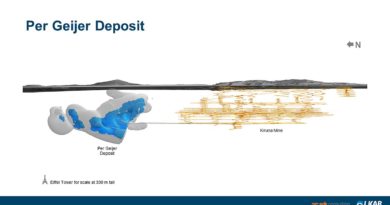Researchers develop turbine control systems for improved grid stability
Energy Disrupter

The new control systems can be easily integrated into existing variable speed wind turbine systems and the researchers claimed they could improve power system frequency control and suppress and isolate forced oscillations, which can cause widespread disruption to power grids.
University of Birmingham Enterprise has filed patent applications covering the technologies and is now seeking commercial partners for licensing, collaboration or co-development.
Xiao-Ping Zhang, chair in electrical power systems at Birmingham’s electronic, electrical and systems engineering department, leads the development of the systems. He said they would bring “significant added values” to wind turbines and power grids.
“With increasing high penetration of renewable energy generation moving towards 100%, exploitation of future control potential from wind turbines becomes inevitable. These two technologies make the most of this potential, to benefit both the grid and wind farm operators,” he added.
Solutions
The first solution is to be deployed when demand exceeds supply and the grid’s frequency drops to a ‘frequency nadir’, with a dip before recovery to a settled grid state. The settling process can be protracted, with a loss of efficiency and revenue for the operator.
Zhang’s new system has been shown to arrest the primary frequency dip as well as speed up recovery by reaching the settling frequency within 20 seconds. It also eliminates the risk of frequency second dip, with less than 1% loss of wind power capture. The system has a non-communication based design, which means that links with other turbines and the grid are not required for it to function.
The second control system enables forced oscillations originating either from the grid, or the turbine itself – from wind shear, wind turbulence, and upstream turbine wake – to be suppressed and isolated. Simulations showed that loss of wind power capture was negligible when using the system.
















